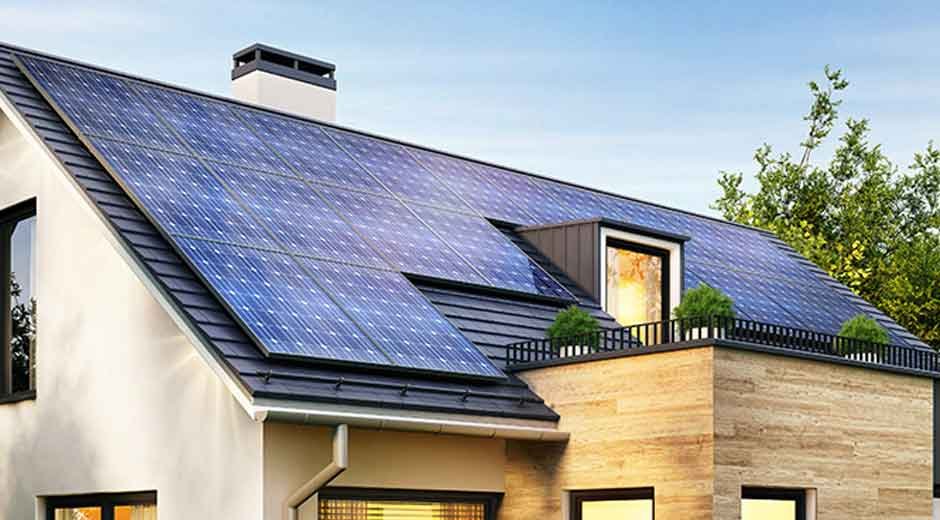When building or renovating a home, it’s easy to get caught up in current trends and finishes. However, a truly well-designed home isn’t just stylish — it’s built to stand the test of time. Future-proofing your home means planning for longevity, durability, and adaptability so that it serves your needs now and decades down the line. Here are smart design tips to ensure your home remains functional, comfortable, and attractive well into the future.
Table of Contents
1. Choose Timeless Materials Over Trends
Materials play a crucial role in how well your home ages. Natural materials like stone, brick, and hardwood have proven durability and classic appeal. These materials don’t just last physically; they also rarely go out of style. For instance, hardwood floors can be sanded and refinished rather than replaced, and brick exteriors require minimal maintenance while adding to your home’s character.
In contrast, trendy finishes — such as high-gloss cabinetry or patterned tiles — may quickly look dated and be more difficult or costly to replace. Opting for classic, neutral tones in permanent elements like flooring and cabinetry ensures your space stays relevant and appealing.
2. Focus on Structural Integrity
A home’s longevity starts with a solid foundation and smart construction choices. Prioritizing high-quality materials from the beginning is key — especially in areas vulnerable to moisture like basements and bathrooms. Incorporate water-resistant products, ensure proper insulation and ventilation, and design with effective drainage systems to prevent long-term damage.
It’s also vital to consider the specific environmental challenges of your region. In Salt Lake City, for instance, homes benefit from added protection against strong winds and sudden weather changes. Installing a durable storm door not only enhances energy efficiency but also provides an extra layer of defense against the elements. Similarly, features like reinforced roofing, fire-resistant siding, and impact-rated windows can significantly increase your home’s resilience and reduce repair costs over time.
3. Design with Flexibility in Mind
Life changes, and so should your home. Flexible layouts allow you to adapt your home as your needs evolve. Open-concept designs with minimal load-bearing walls make it easier to reconfigure rooms in the future. A home office today might need to become a nursery or guest room tomorrow.
Consider multi-functional spaces and furniture, and design extra rooms with broad potential uses. A bonus room with a closet and window can easily transform from a gym to a bedroom or studio.
4. Plan for Aging in Place
Even if you’re young and able-bodied now, designing with aging in place in mind makes your home accessible for years to come. Wider doorways, zero-step entries, lever-style door handles, and ground-floor bedrooms and bathrooms are all features that increase comfort and usability for people of all ages and abilities.
Including a walk-in shower with a bench, blocking behind bathroom walls for future grab bar installation, and non-slip flooring throughout are subtle additions that won’t affect design aesthetics but will make a big difference down the road.
5. Invest in Energy Efficiency
Energy-efficient design not only saves money but also future-proofs your home as utility costs rise and environmental regulations change. Double- or triple-pane windows, well-sealed doors, and ample insulation are essential.
Install solar panels if feasible, or at least make your roof solar-ready for future installation. Consider energy-efficient appliances, smart thermostats, and LED lighting, all of which reduce energy use without sacrificing comfort or functionality.
6. Opt for Low-Maintenance Finishes
Home maintenance is a long-term investment of both time and money. Selecting materials that require minimal upkeep ensures your home stays in top shape with less effort. For example, fiber cement siding resists rot and pests better than wood. Quartz countertops offer the look of stone without the need for regular sealing.
For exteriors, composite decking, metal roofing, and vinyl window frames all offer durability and reduced maintenance compared to their traditional counterparts.
7. Install Smart Home Infrastructure
While smart home gadgets are easy to swap out, the infrastructure behind them — like wiring and connectivity — should be planned for during construction or major renovation. Make sure your home has ample outlets, strong Wi-Fi coverage, and the wiring to support future tech, including security systems, smart thermostats, lighting, and entertainment systems.
This not only adds convenience but also increases your home’s resale value as tech-savvy features become more standard.
8. Don’t Overlook Storage
Ample, well-designed storage never goes out of style. Future-proof homes include custom closet systems, walk-in pantries, and garage or attic storage. Built-in shelving and under-stair storage maximize space without sacrificing floor area. Adequate storage helps keep clutter at bay and your home functional for growing families or evolving needs.
Final Thoughts
A home designed to last is more than a structure — it’s a long-term investment in your lifestyle, comfort, and security. By focusing on durability, flexibility, and sustainability, you create a space that serves you well now and continues to meet your needs as life changes. Choose wisely, build smartly, and you’ll enjoy the rewards for decades to come.
